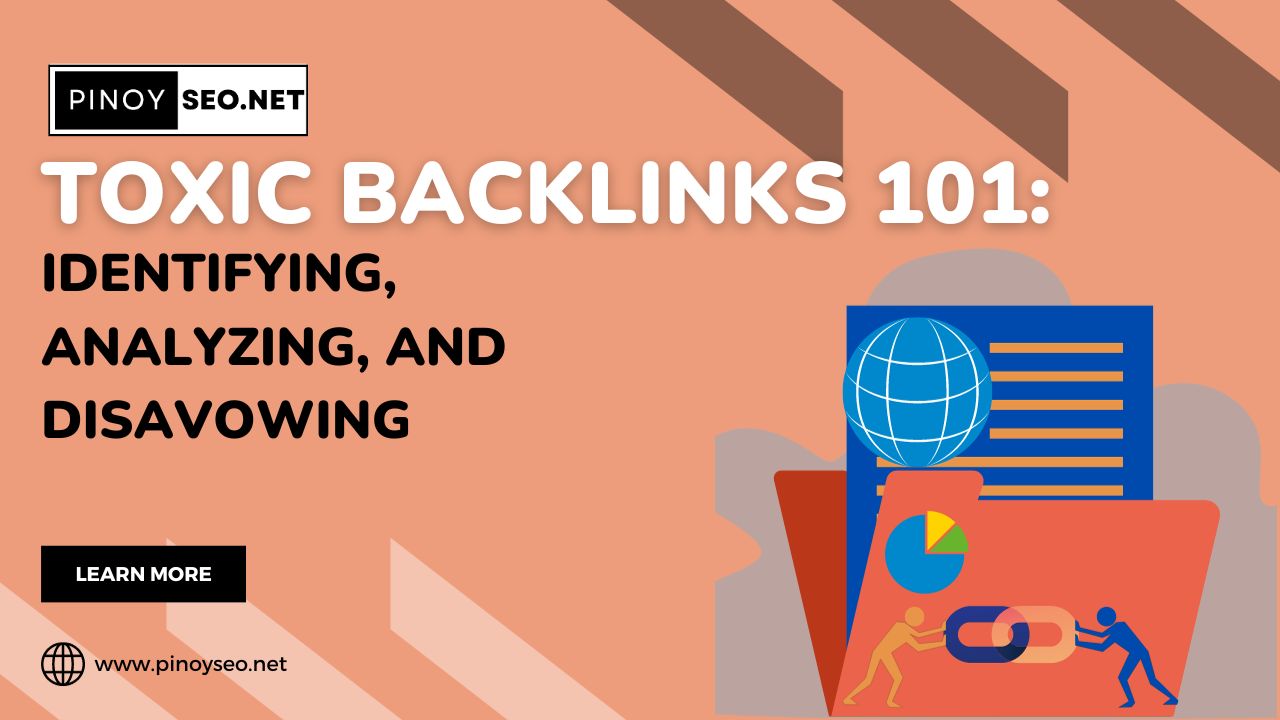In the ever-evolving landscape of search engine optimization (SEO), backlinks remain a critical factor. However, not all backlinks are created equal. Some can actually harm your website’s SEO efforts. These detrimental links, often referred to as “toxic backlinks,” can lead to penalties from search engines and hinder your site’s performance.
Understanding Toxic Backlinks
What Are Toxic Backlinks?
Toxic backlinks are links that come from low-quality or spammy websites. These sites may have poor content, engage in manipulative SEO practices, or even be associated with malicious activities. When your website accumulates too many of these toxic links, it can raise red flags for search engines.
Why Are They Harmful?
Search engines like Google aim to provide users with high-quality, relevant content. When they detect a high volume of toxic backlinks pointing to your site, it signals that your website might not meet their quality standards. This can result in penalties, drops in rankings, or even deindexing.
Identifying Toxic Backlinks
Conducting a Backlink Audit
The first step in dealing with toxic backlinks is identifying them. This is done through a process called a backlink audit. Several tools and software options are available to assist in this task, such as Ahrefs, Moz, and SEMrush. These tools analyze your backlink profile and provide insights into the quality of the links.
Key Indicators of Toxic Backlinks
- Low Domain Authority (DA): Backlinks from websites with a low DA can be a sign of poor quality.
- Unrelated Content: Links from sites with content unrelated to your niche or industry are less valuable.
- Spammy Anchor Text: Over-optimized anchor text or irrelevant keywords in the anchor text can be a red flag.
- High Link Velocity: A sudden influx of backlinks can be suspicious, especially if they’re from low-quality sources.
Analyzing and Evaluating Backlinks
Manual Review
While tools are incredibly helpful, a manual review of your backlinks is essential. It allows you to assess contextual relevance and judge the quality of the linking sites. Take note of any websites that seem suspicious, irrelevant, or potentially harmful.
Building a Disavow File
Once you’ve identified toxic backlinks, it’s time to take action. Google provides a Disavow Tool that allows you to request the search engine to ignore specific backlinks. This involves creating a disavow file, which is a text document listing the URLs you want to disavow.
Uploading the Disavow File
After creating the disavow file, it’s submitted through Google’s Disavow Tool. This tool allows webmasters to directly communicate with Google, informing them of the backlinks you’d like to disavow.
Monitoring and Prevention
Regular Audits
Toxic backlinks can accumulate over time. Regular backlink audits are crucial to identifying and addressing new toxic links promptly.
Quality Link Building
Focus on building high-quality, relevant backlinks from authoritative sources. This proactive approach can help counteract the negative impact of toxic backlinks.
Navigating the world of backlinks requires a discerning eye. Understanding toxic backlinks and how to manage them is a vital aspect of maintaining a healthy and high-performing website. By conducting regular audits, identifying toxic backlinks, and taking appropriate action, you can safeguard your website’s SEO efforts and ensure long-term success.


